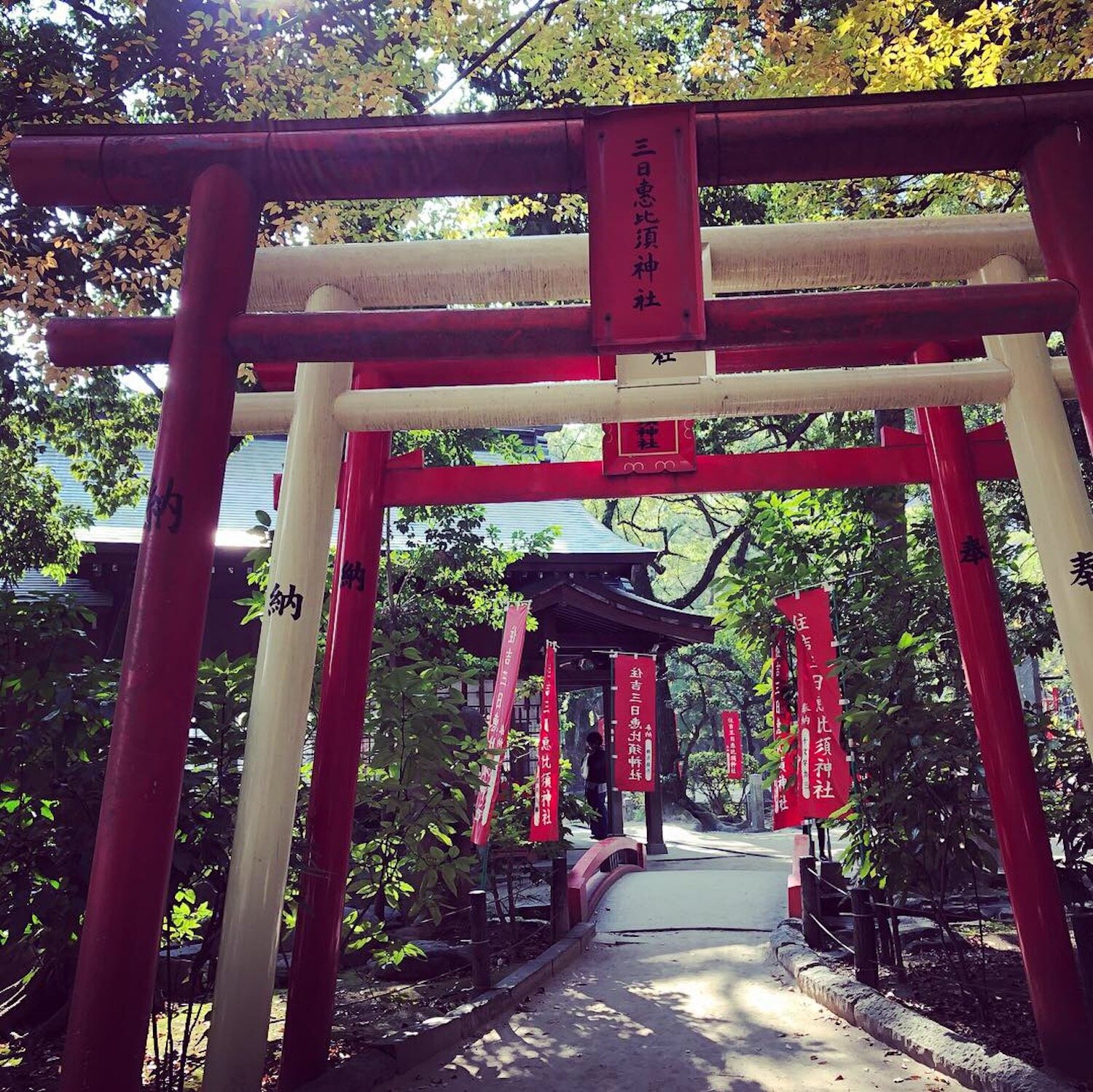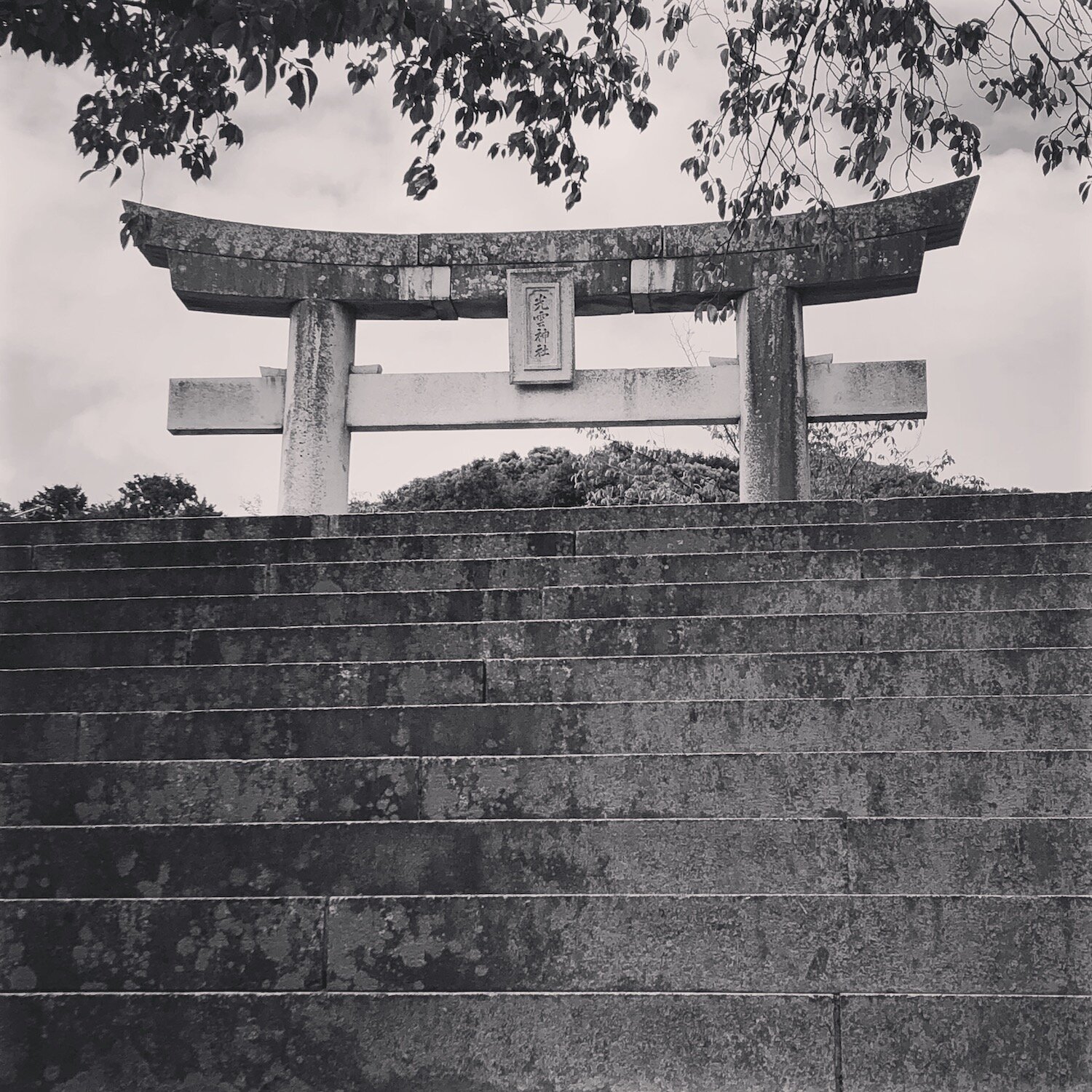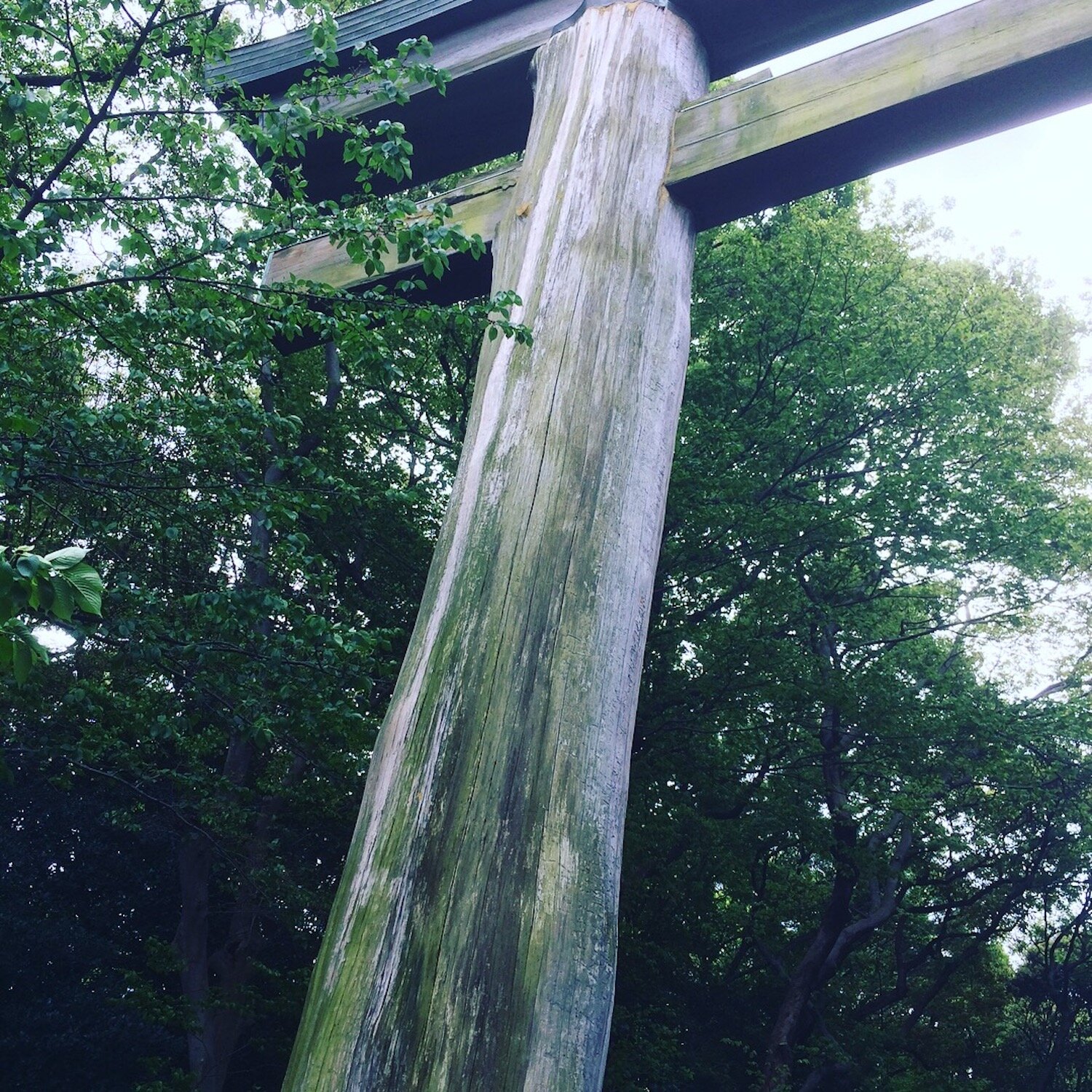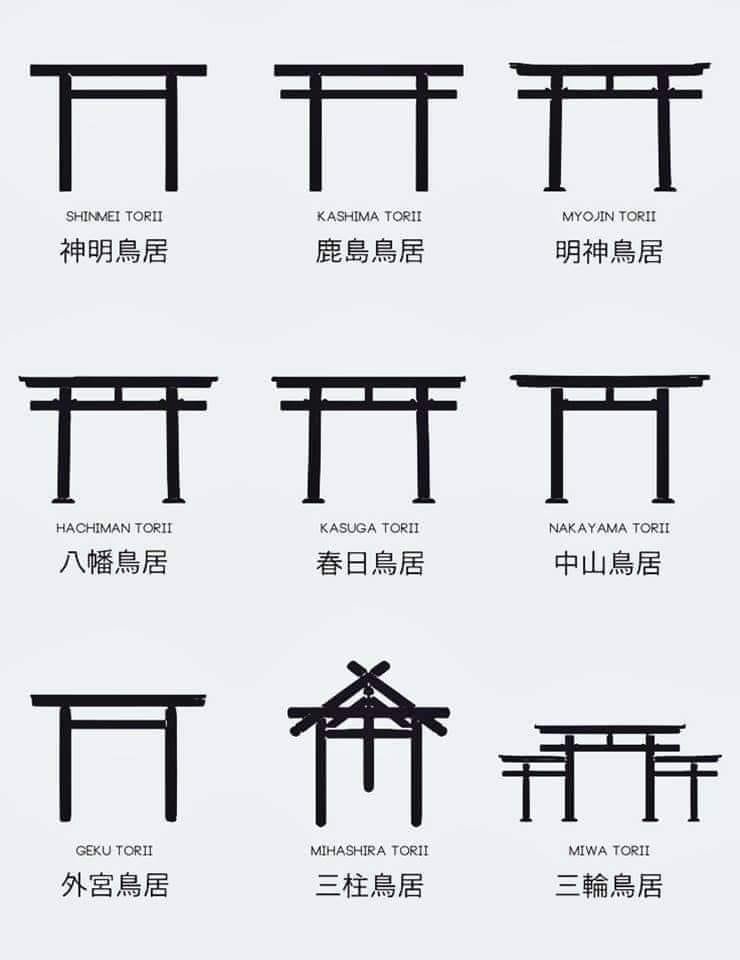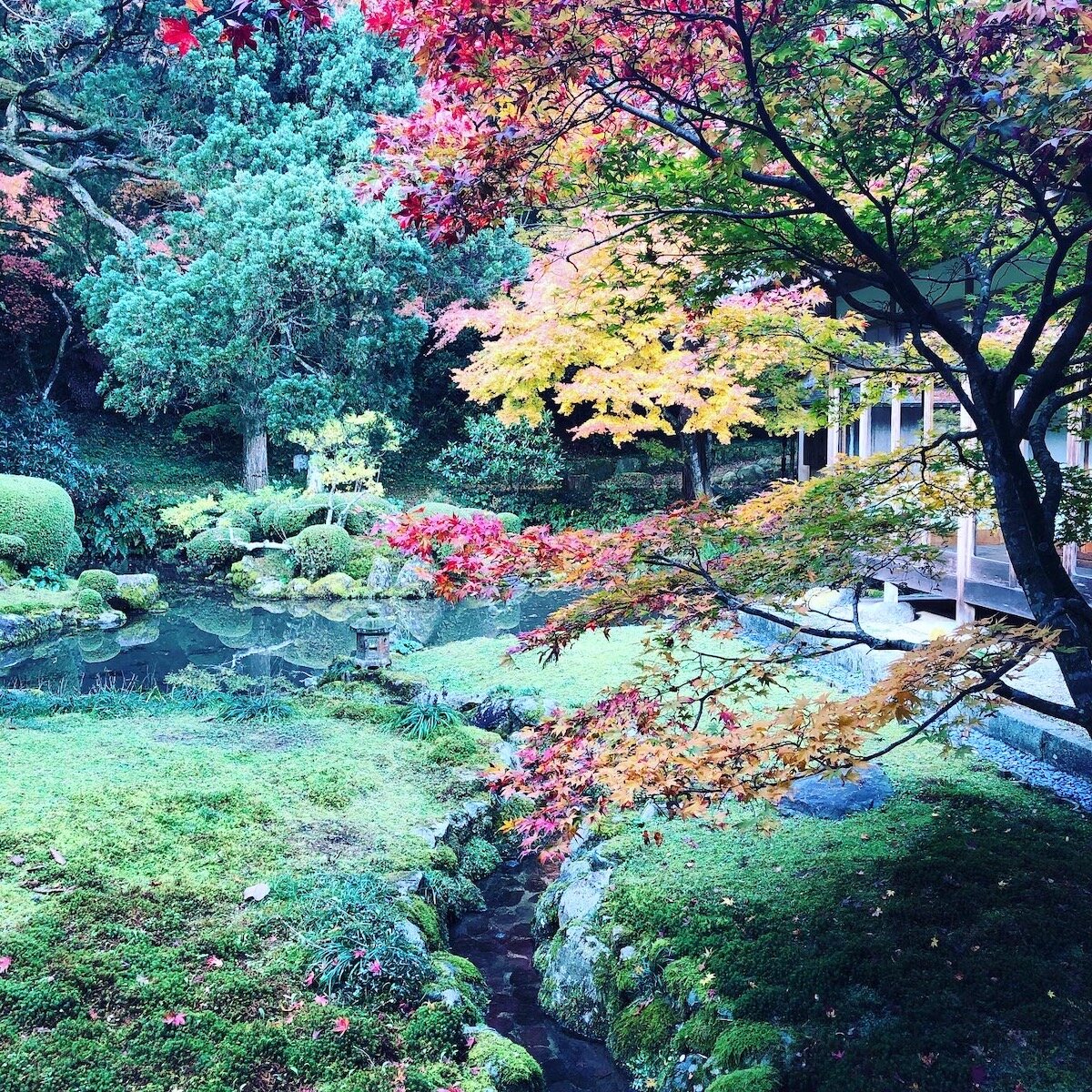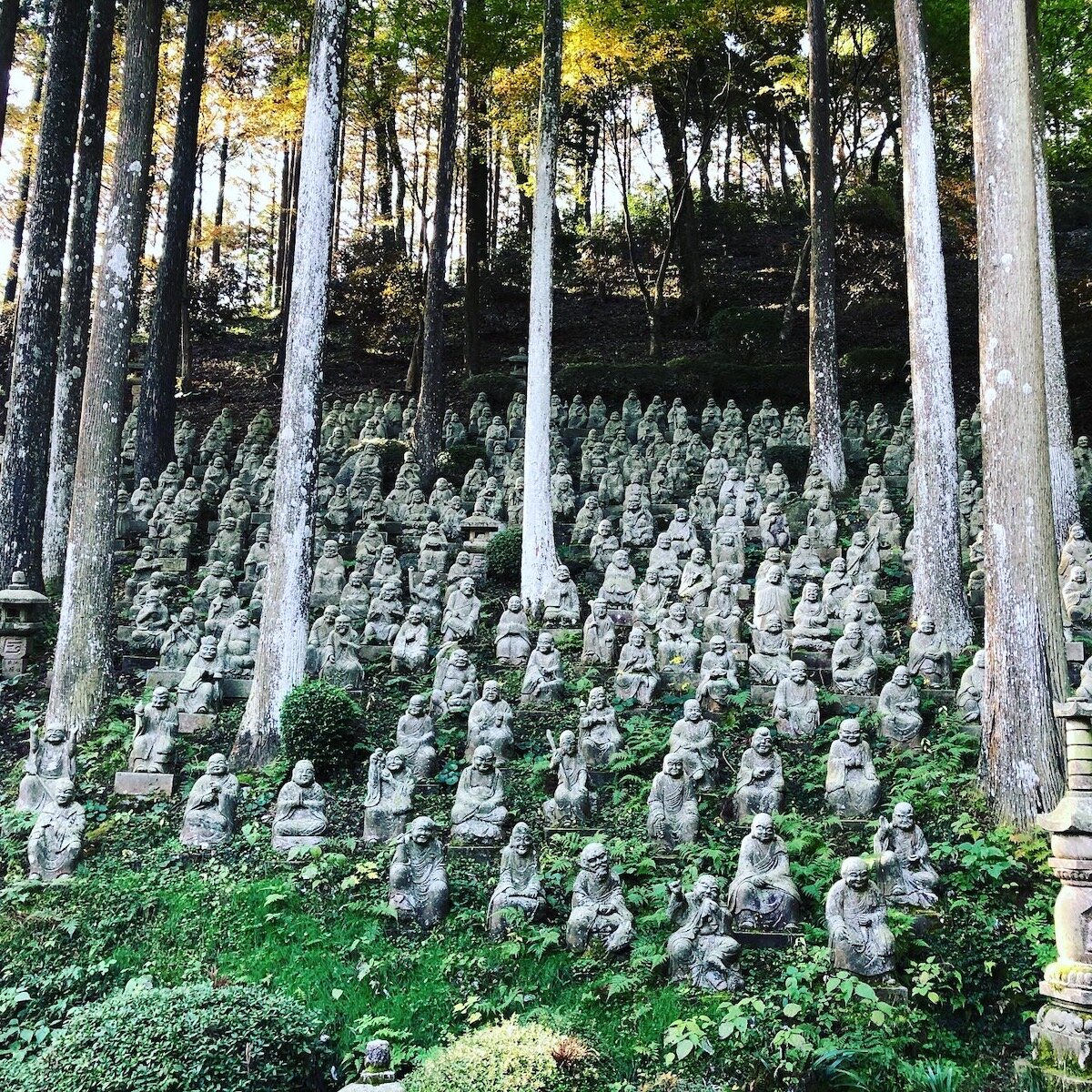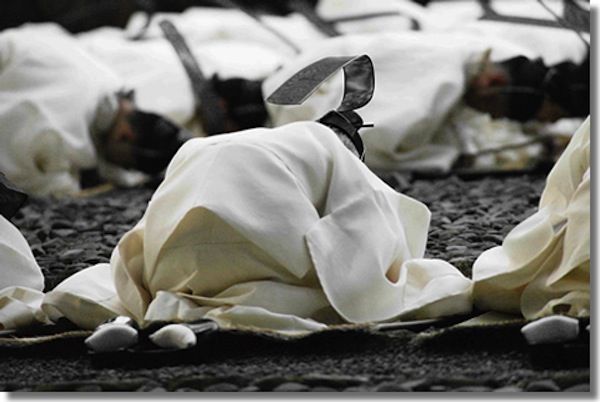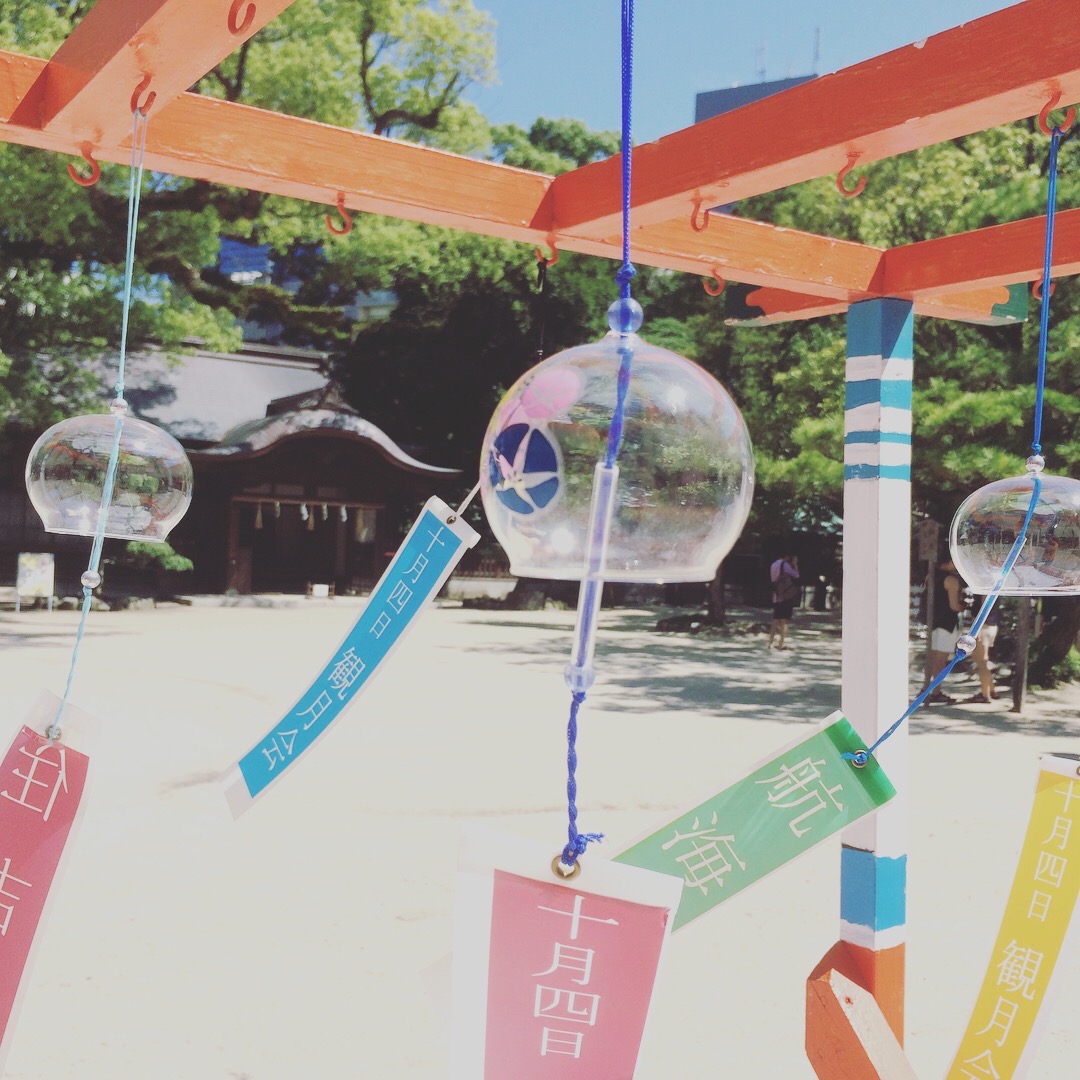Several years ago, one of my many nephews posted the following quote to his Facebook profile:
Atheism is the opiate of the morally degenerate.
Let me tell you, that really pissed me off. But, rather than admonish him for being so damn ignorant, I let it slide. What would the point be? At the age of eighteen he already had such strong beliefs in his Christianity that he would have been impervious to anything I had to say.
The boy had a reason for being cocksure: he had just been admitted to the U.S. Naval Academy. He would by and by graduate with honors and get accepted to the Top Gun fighter pilot training program, his childhood dream. The kid, no slacker, was certainly bright. Nevertheless, he was still capable of being dumb.
When you have as many brothers and sisters as I do—there are thirteen of us (Bloody Catholics!)—there’s bound to be differences in opinion about politics and religion. My siblings fall into a number of camps politically: there are liberals, moderates, like myself, kooky libertarians, and way-out there conservatives. There are born-again Christians, devout Catholics, salad-bar Catholics, Agnostics, Freethinkers, and the token salad-bar Buddhist: me.
My nephew, needless to say, aligns himself with the conservative born-again Christian camp of the family. His mother, an older sister of mine, home-schooled many of her children, and none of them have fallen far from the tree. They are for the most part aliens to me. Whenever I have the rare chance of talking to them—We met in person for the first time in 18 years a three summers ago—I honestly don’t know what to say. It’s like tiptoeing through a landmine. Now, I’m not saying that they are obnoxious, because they aren’t. They’re extremely decent and polite. All of them are very good-looking, too. It’s just that they have such firm beliefs about everything you know you’re going to end up disagreeing. And afterwards, they’ll pray for you: “Poor uncle has strayed from the path, O Lord. Please help him see the light.” Or some kind of crap like that.
I just checked my nephew’s Facebook profile and saw that the quote remains, indicating to me that he must really believe it.
Atheism is the opiate of the morally degenerate.
What a quote. Obviously, someone thought they were being clever by corrupting the oft-quoted paraphrase of what Karl Marx had written: “Die Religion . . . ist das Opium des Volkes.”[1]
What irked me so much about the quote was the bold assertion that Atheists were immoral and that only those who believed in God—the Christian Gawd, mind you—were morally upstanding.
As you might suspect, I disagreed.
First of all, you’re not a truly moral person if the only reason you do good or shun “evil” acts is to avoid punishment in the afterlife or be rewarded with a passage through the Pearly Gates. A lot of Christians fail to understand that this is a very low-level, if not childish, stage in moral development. No, a truly moral person does good because it is the right thing to do. He follows standards of morality that are universal, that apply to all people at all times. Do not kill. Do not cheat. Do not steal. Do not lie. Do not hurt others. Why? Because we’re all in the same goddamn boat here and life is difficult enough as is to be made even more difficult by inconsiderate arses.
Now, I’m not saying people who do good only so that they might go to Heaven are bad. If that’s what works for them, and if their beliefs enable them to function as good citizens, then the more power to them.
The problem is that many self-confessed “good Christians” are not very good at being true Christians, that is, loving, kind, understanding and accepting, open-hearted, giving, concerned about the less fortunate, forgiving, and so on. No, far too many “good Christians” are hating, unfriendly, unaccepting those different from themselves, close-minded, callous towards those less fortunate, judgmental, and downright mean.
They are also dishonest.
In Japan, in this den of morally degenerate Atheists, I can leave my notebook computer, iPhone, and wallet on the table at a café while I pop into the restroom and expect to find everything untouched when I return. In America, all three would be gone before I could even unzip my fly.
A decade ago while we were waiting in line at the check-in counter at the airport, my father dropped his money clip. The clip contained quite a bit of cash, his driver’s license, and some credit cards.
After I checked in and was heading towards the departure gate, I could hear my father’s name being paged over the airport PA system: “Mr. Crowe, please return to the United check-in counter.”
Back at the check-in counter, the ground staff handed my father his money clip, saying, “I believe you dropped this.”
Returned was my father’s money clip, his credit cards and driver’s license, but no cash. My suspicion is that the Naval officer who had been standing right behind us in line noticed my father drop it and, thinking this was his lucky day, had pocketed the cash. Thank you for your service, indeed!
In that God-fearing country, America, finders truly are keepers, and losers weepers. I often joke that would be a far more fitting motto than E pluribus unum.
Meanwhile in Godless Japan, you can be pretty sure—not 100%, but pretty damn close—that when you lose or forget something, you’ll get it back.
According to a recent article published in Rocket News, “In 2014 alone, a stunning amount of cash and lost possessions was turned into police stations around Tokyo. In cash alone, over 3.3 billion yen was turned in. That’s a whopping US$27.8 million picked up and taken to the authorities. Could that happen anywhere else in the world?”
Probably not.
Incidentally, I once left my notebook computer at an ATM. A brand-new MacBook Pro with all the bells and whistles, worth about three thousand dollars, I didn’t realize I had forgotten it till I was on the other side of town. I hurried back to the ATM, and—God bless the moral Atheist—it was still there. In the half hour or so that had passed, I’m sure several dozen people must have used the ATM and seen what was obviously a case holding a notebook computer, and yet no one took it.
David Sedaris made an interesting observation about Japan in his book When You are Engulfed in Flames:
“You don’t put your dirty shoes on the seat like many Americans do because, one, people sit there, two, it’s disgusting, and, three, you might stain a person’s clothes if you do. You wouldn’t like to sit down on a dirty seat would you? You wouldn’t like another person’s inconsideration cause your new dress to get dirty, would you?”
There is a basic consideration for others here in Japan, a desire not to inconvenience the people around you that is a much better driver of moral behavior than Heaven or Hell ever could be. I’ve said it before, but Americans could learn a lot from the Japanese in this regard.


